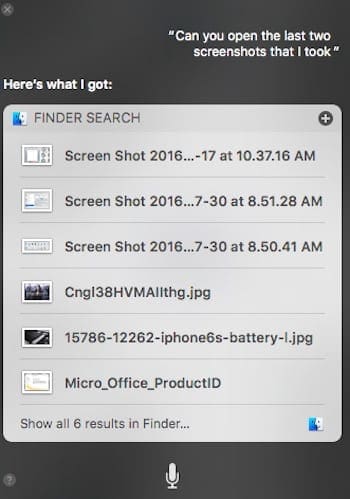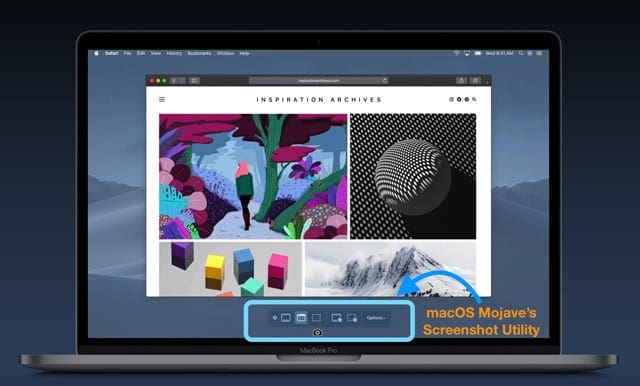By default, when you capture a screenshot on your Macbook, it ends up on your desktop. For users that work with screenshots either for creating training materials or for drafting research papers, this can be a pain, as you tend to accumulate all these png/jpg files on your desktop.
For those of us that like a cleaner desktop, there is an easy way out to organize these screenshots into a designated folder instead of it piling on our desktop.
If you are new to the Apple Macbook world, taking screenshots is easy much like your print screen functionality in windows. You do not need a third party app to get you going with capturing screenshots.
Contents
Related Articles
- Use The New Screenshot Features in macOS Mojave
- Use macOS and Mac OS X Grab Utility to take Screenshots
How to Take Screenshots on MacBook
Simply press Cmd+Shift+3, and your image is captured and stored on your desktop. If you like a little more control on capturing your screen, you can use Cmd+Shift+4 to control the image parameters such as the border of the image and the area of the original image that you want to capture.
In either of the cases, by default, the captured image ends up on your desktop. Here is how you can quickly change this default behavior and clear the clutter.
Step – 1 Make your own Folder for saving your work in progress screenshots. Go to Finder, Click on File > Create New Folder. In this example, we created a new folder on our desktop called WIP screenshots.

Step – 2 Next, open a Terminal Session and type in ‘defaults write com.apple.screencapture location /Desktop/WIPScreenshots’

Step – 3 That’s it. You are done. Restart your MacBook. The next time you take a screenshot, you can open this folder and check for contents. All screenshots will get stored in this folder.
With macOS Sierra, sporting Siri, it has made it even easier to track down the image files that you were working on in the case you forgot the folder or the file name where you stored these files. Just click on Siri icon or use your designated hotkey to invoke Siri on your Macbook.
Once the session is on you can just say “Siri, Can you open the last two screenshots that I took” and your MacBook will open up a results window with the screenshots that you were working with.

Take Screenshots With macOS Mojave
With macOS Mojave, all the controls you need to grab any type of screenshot are one simple shortcut away.
Just launch the new Screenshot utility or press Shift+Command+5. 
macOS Mojave includes screen-recording tools and options for setting a start timer, showing the cursor, and even choosing where you’d like to save your screenshots.
Take a screenshot and a thumbnail of it animates to the corner of the screen.
Leave it there to automatically save it to the destination you’ve chosen or drag it directly into a document or click it to mark it up and share it right away — without having to save a copy. 
iCloud Sharing
As we upgrade to macOS, you will have an opportunity to share your mac desktop with other iOS devices in your account via iCloud Drive.
In order to manage the iCloud space, it is important that you keep your desktop clean and clutter free and save files in other folders that are work in progress for you.
We hope that this quick tip was helpful to you. Please check out our coverage on other macOS features guide and share this article.